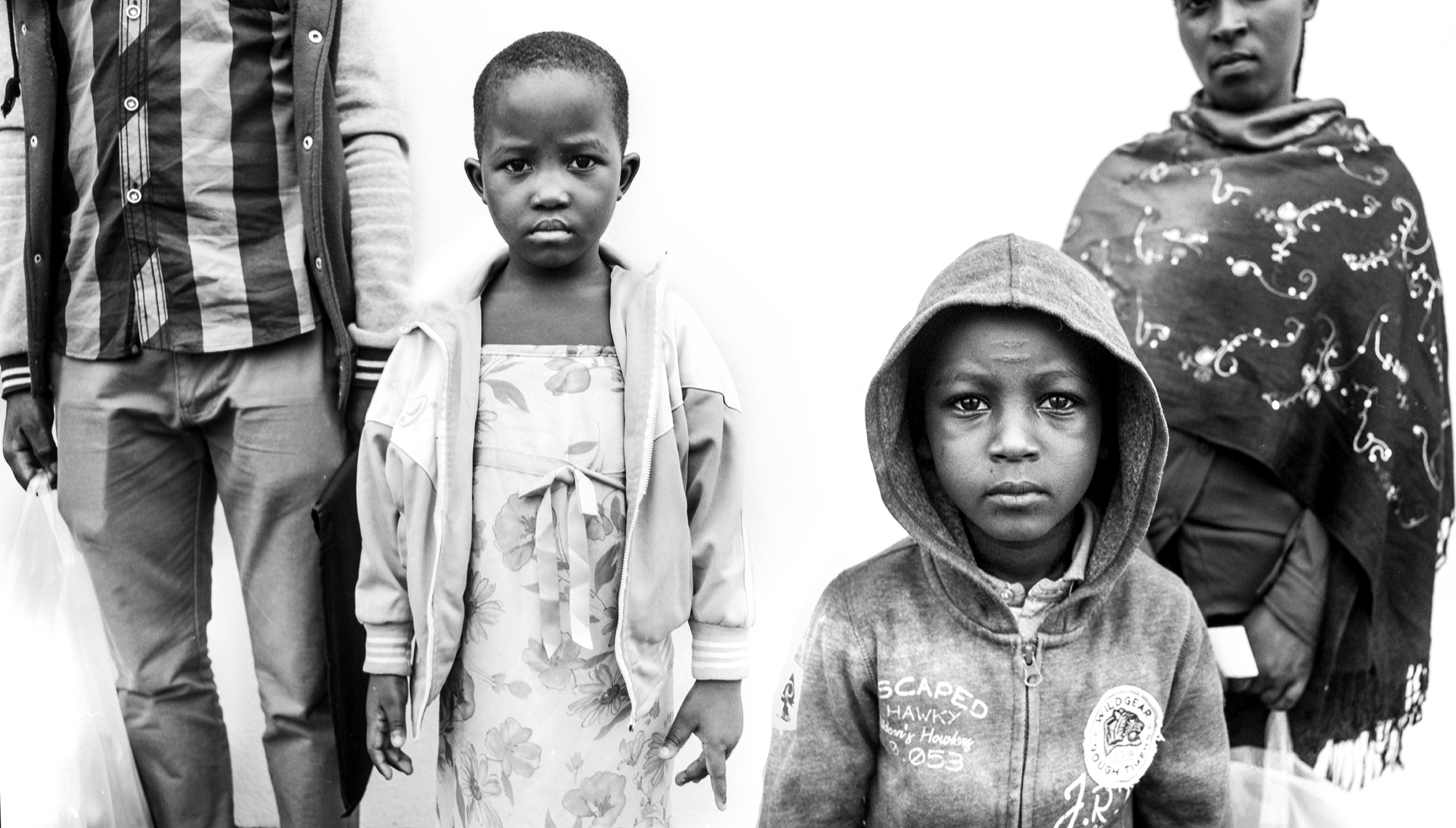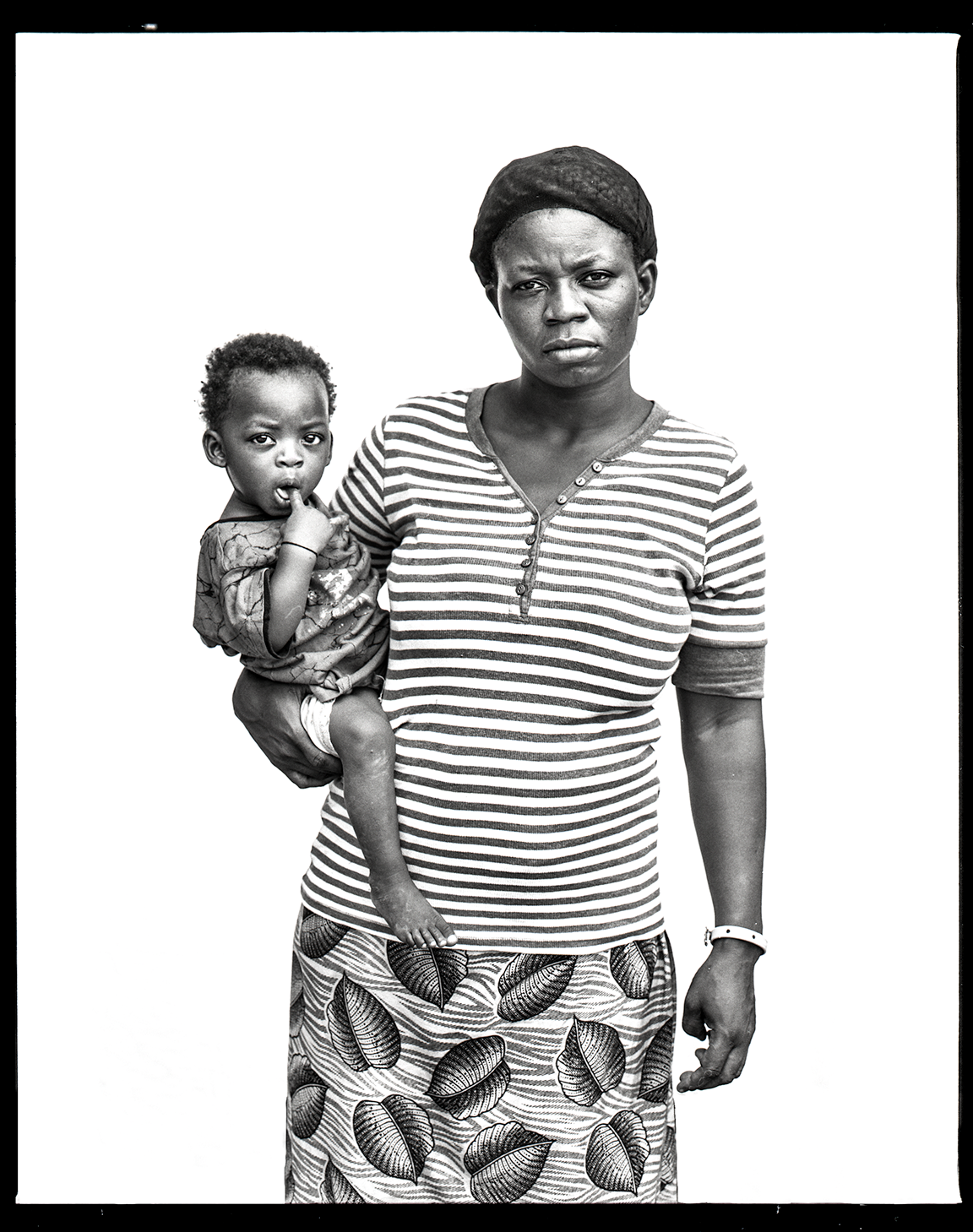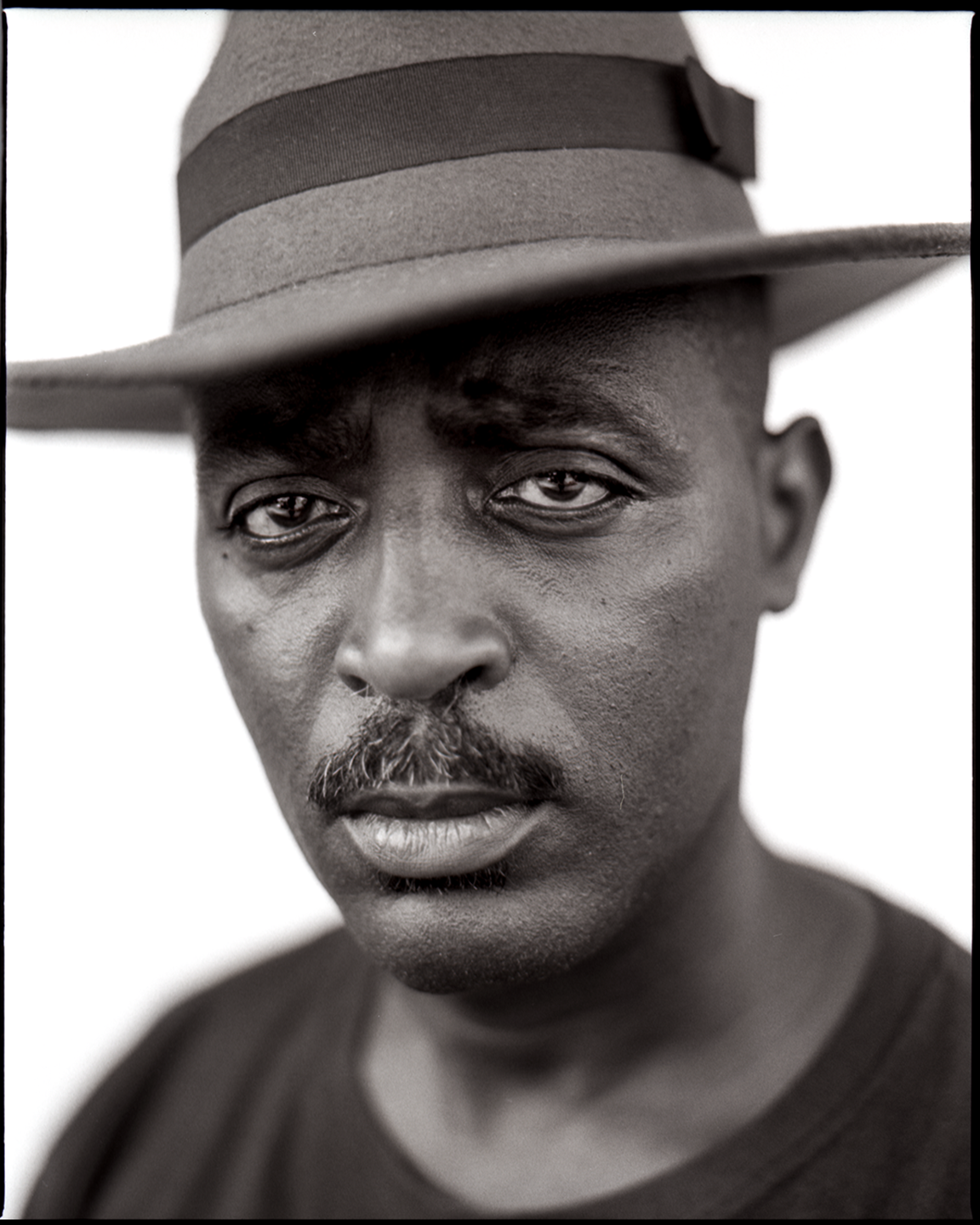









Conflict and Displacement in DRC: Nearly two decades of armed conflict in the DRC have displaced over 3 million Congolese refugees and internally-displaced persons (IDPs). Over 40 armed groups, including the national army, act as pseudo-governing bodies in the areas they control in eastern DRC and fuel the continuation of conflict, mass displacement and targeted violence against women and girls. In 2012 alone, 2.3 million people were displaced within DRC and over 70,000 Congolese fled across the border into Rwanda and Uganda.2 The proliferation of armed groups and others perpetrating sexual violence, the splintering of families and communities through chronic displacement, and the break-down of the social fabric contribute to increased risks for Congolese refugee women and girls. These risks persist during flight and in cities and camps where women and girls seek refuge both in DRC and neighboring countries.

Millions of Congolese have been forced to flee their homes, approximately one million people have fled to neighboring countries, such as Uganda, Southern Africa, Burundi, Tanzania, Zambia and Angola. Roughly 400,000 Congolese have sought refuge in Uganda.

Forcibly displaced women and girls suffer disproportionately from sexual and gender-based violence in the Democratic Republic of the Congo.

Education levels for Congolese women and girls in DRC vary largely between urban and rural areas and by socioeconomic class. Literacy rates are very low in rural areas, and while girls’ enrollment and attendance in primary school is high,16 it drops drastically at the beginning of secondary school as girls begin to take on household tasks looking after younger siblings, cooking, cleaning and in some cases being married to older men. While 47.4% of boys aged 14 to 19 years old attend secondary school, only 32.7% of same age girls attend. 17 Secondary school attendance is even lower in areas affected by chronic conflict such as in North Kivu province. Just over half of women in DRC age 15 – 24 are literate.18 In the IRC’s experience, adult Congolese women have been eager to learn how to read and write.

The resettlement process includes challenges such as the loss of culture, community, and language as well as the need to adapt to a new and foreign environment. Children are often caught between the old and new cultures because they learn new languages and acquire cultural norms more quickly than their older relatives.

Though there are educational and resettlement costs to welcoming new refugee arrivals, they are far surpassed by the benefits! ... Specifically, refugees brought $41 billion in net fiscal benefits to the federal government and $22 billion to state and local governments.

Uganda is home to more than 15,000 Rwandan refugees, according to the UN refugee agency. Some fled Rwanda in the aftermath of the 1994 genocide; others arrived more recently, including in 2009 and 2010. Most live in Nakivale and Kyaka, in difficult conditions.